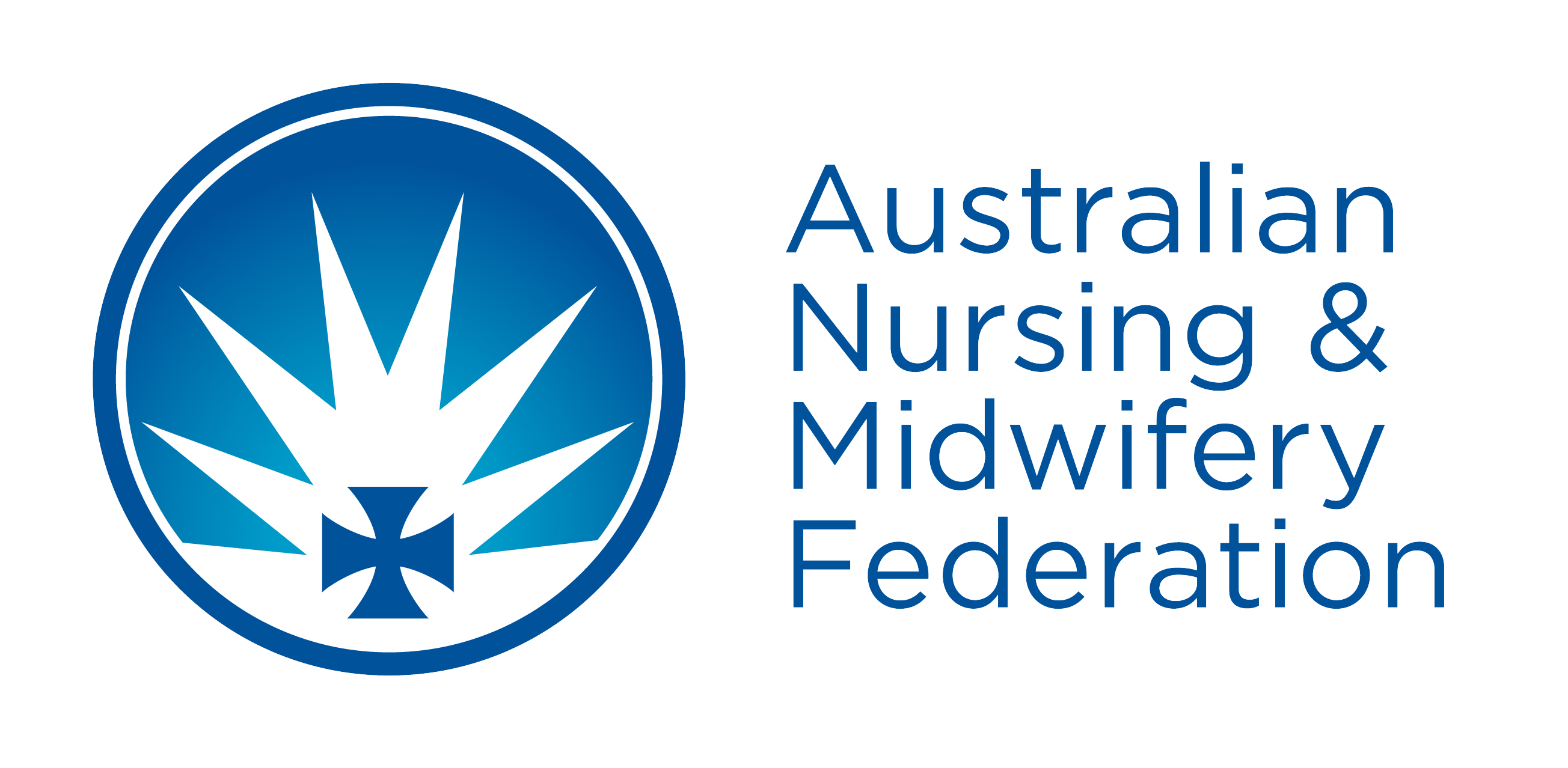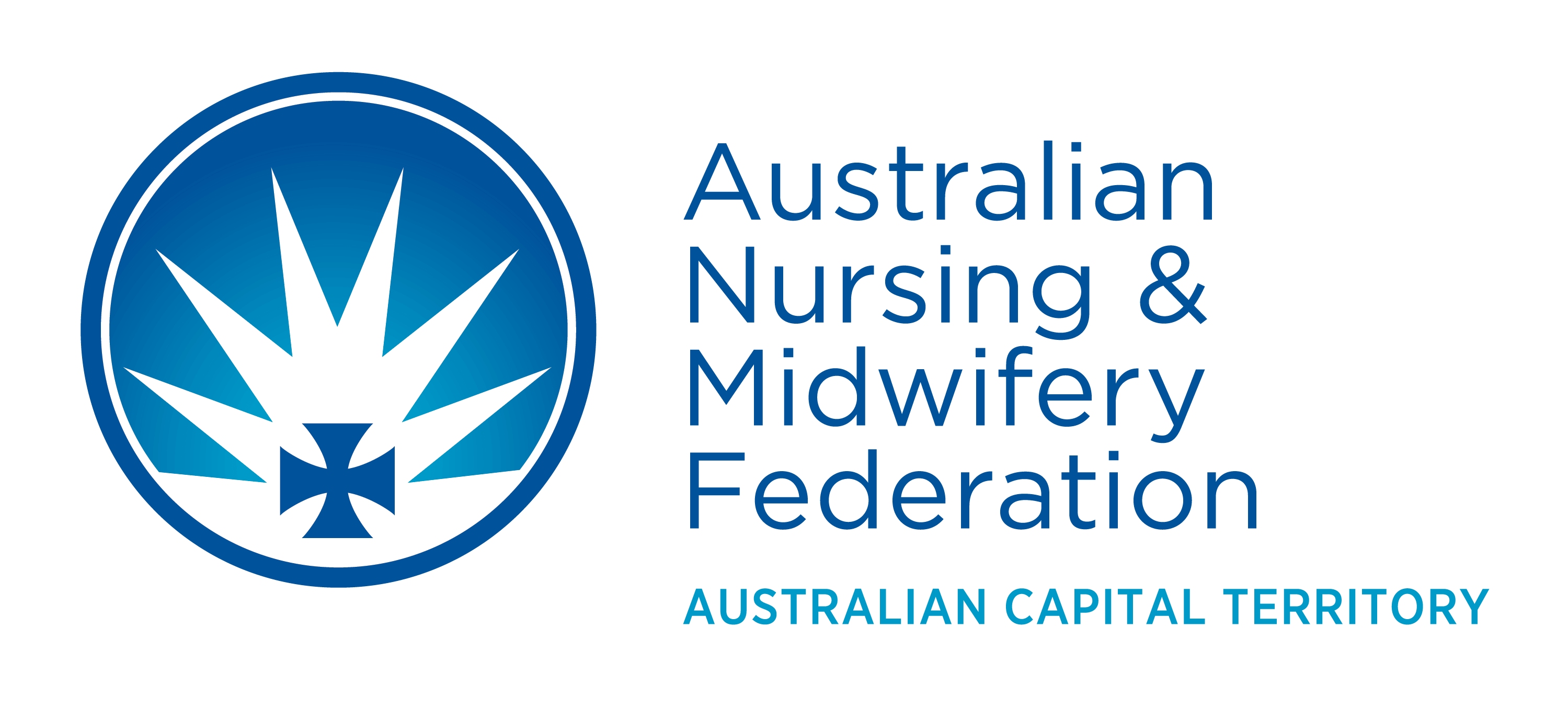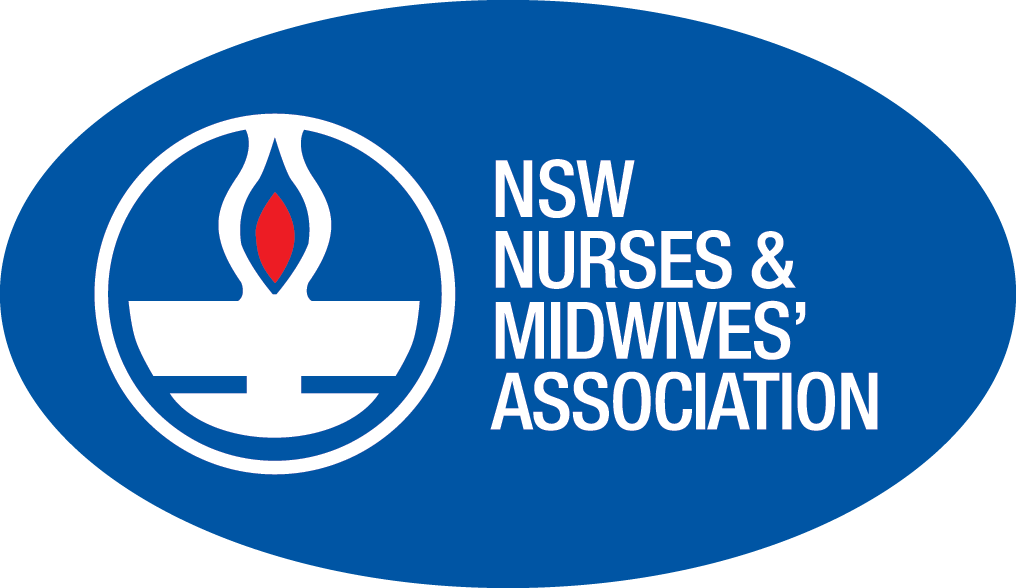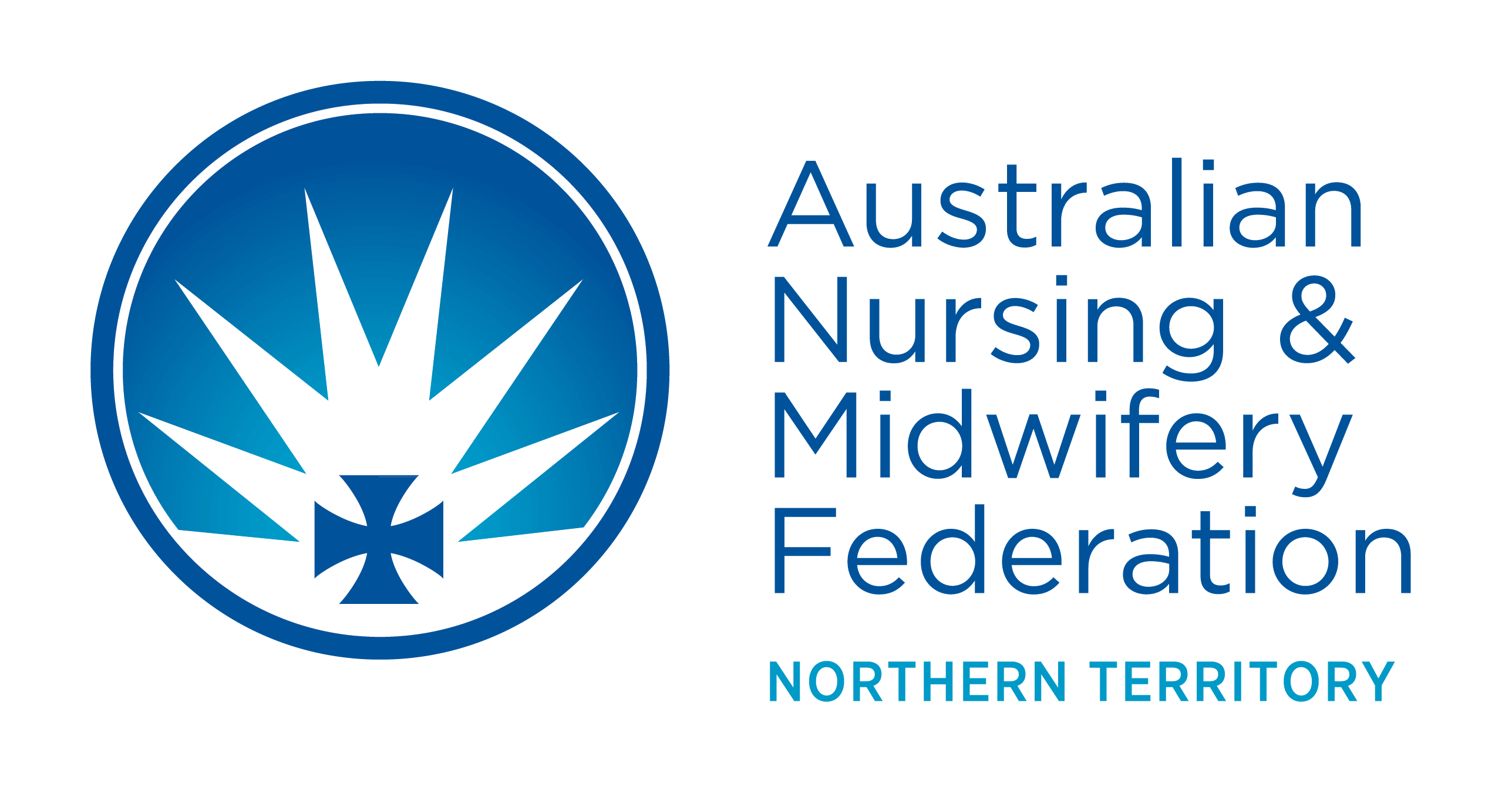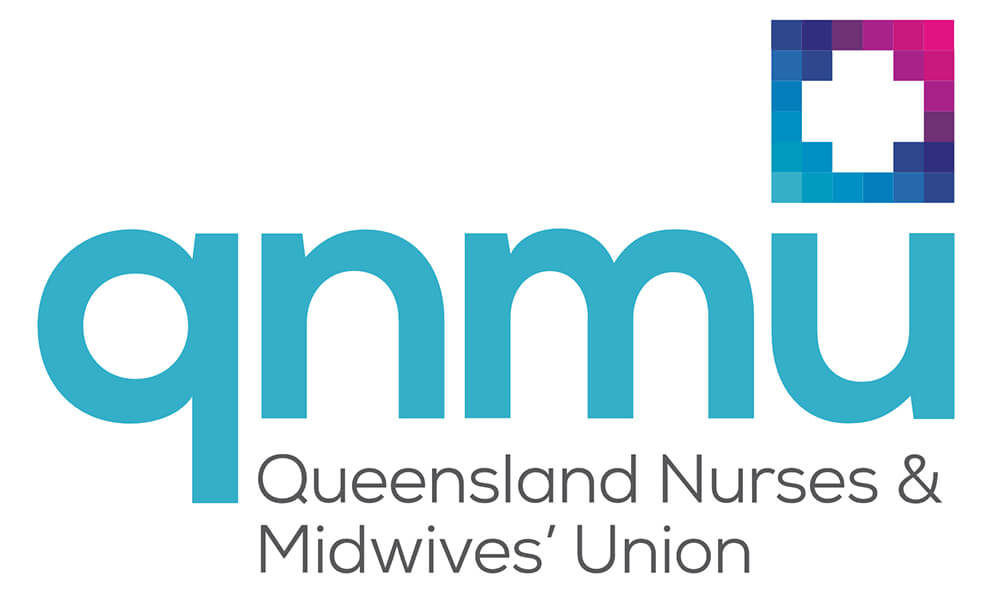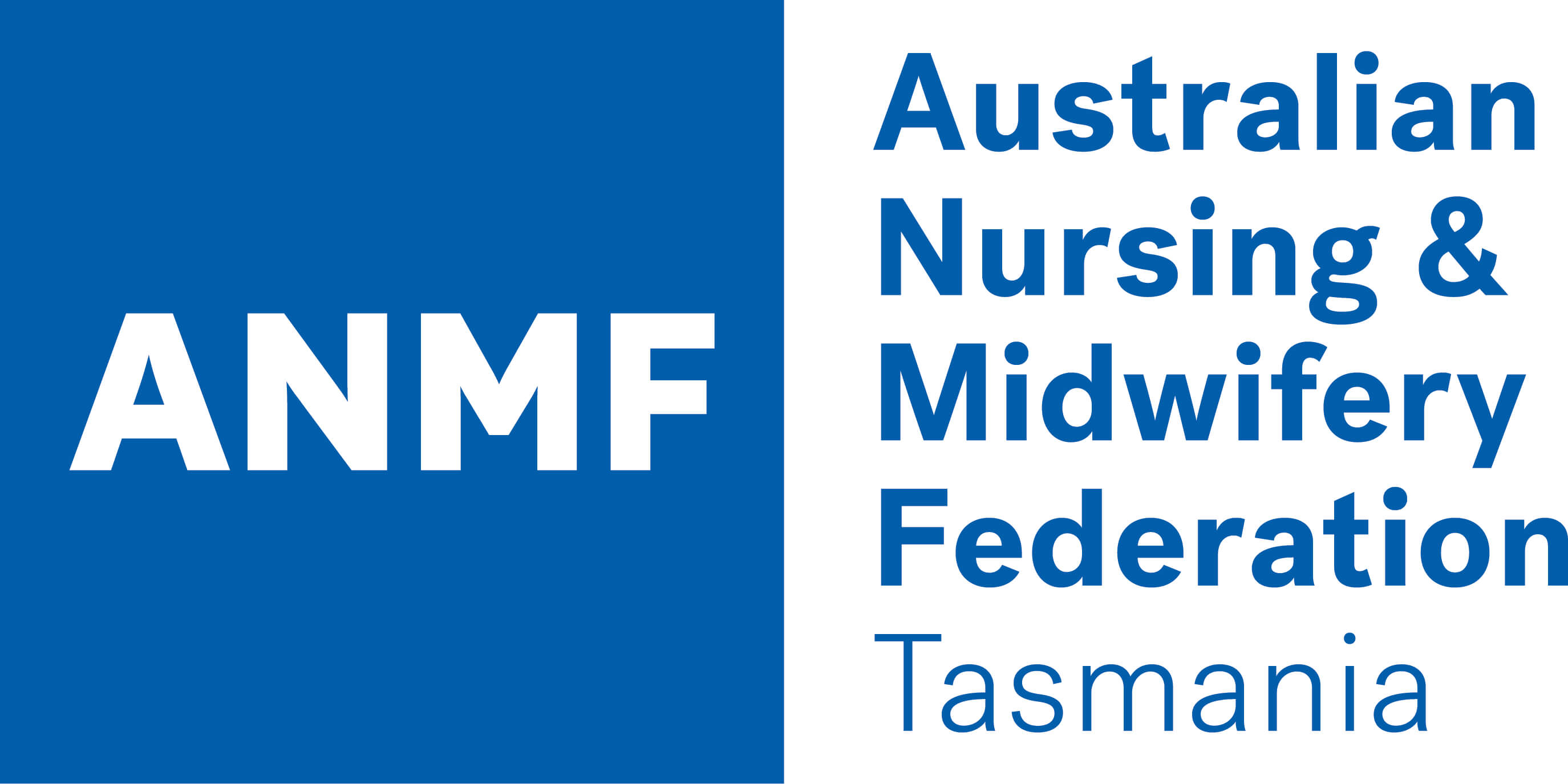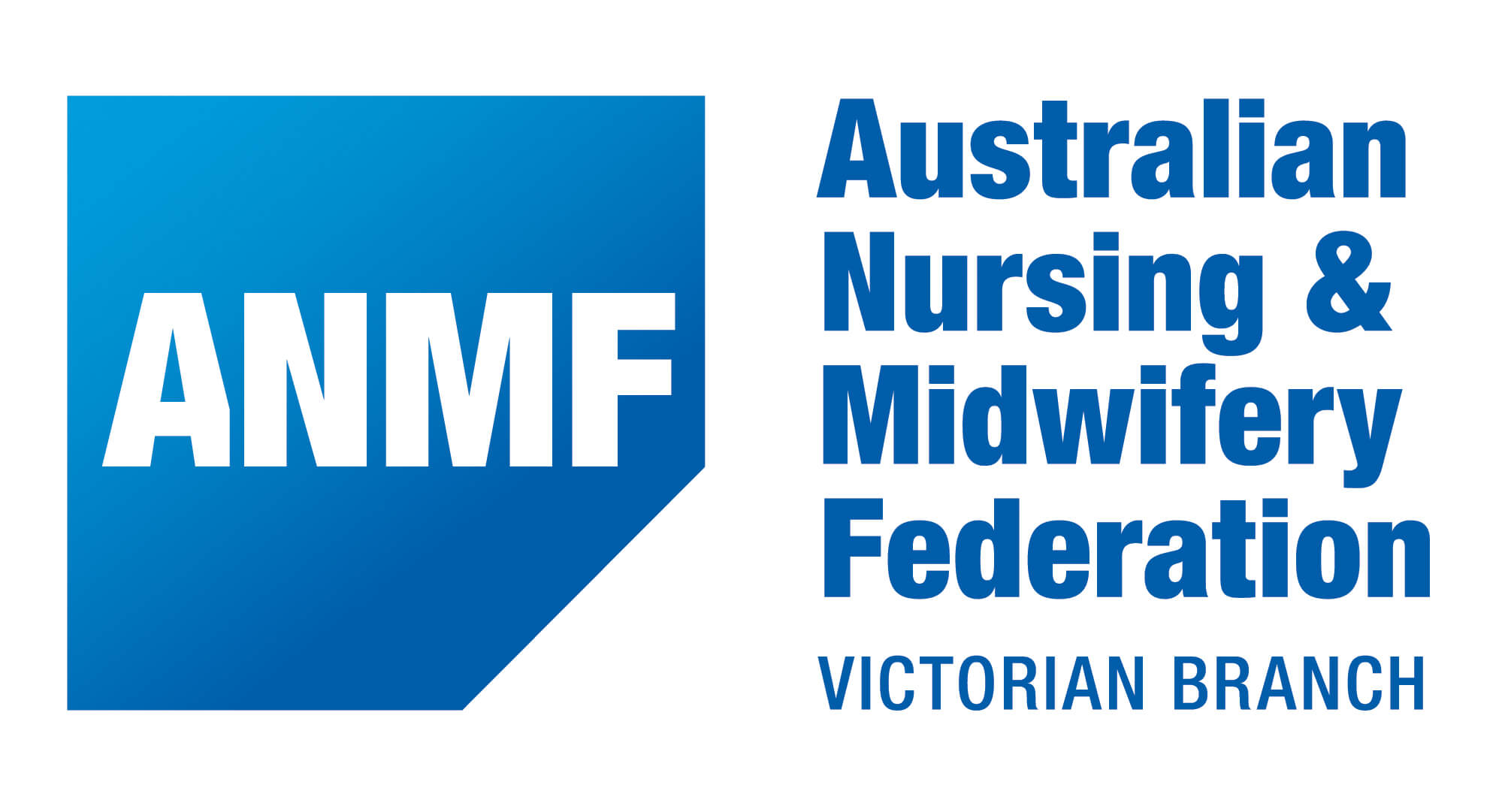
Nursing and Midwifery Workforce Overview
The ANMF collates key information about the nursing and midwifery workforce in Australia.
Information includes employment and demographic data and the number of nursing and midwifery students commencing and completing courses.
Information is also provided on the total number of nurses and midwives registered or enrolled by the Nursing and Midwifery Board of Australia (NMBA). Under the National Law[1] all nurses and midwives must be registered in order to practice.
The Nursing and Midwifery Workforce Overview includes: (updated December 2025 to include NMBA registration data for July - September 2025 quarter)
1. Workforce data and demographics
- The number of nurses and midwives in the nursing workforce nationally and by state/territory from 2015 to 2024
- The number of employed nurses and midwives from 2015 to 2024
- The number of employed nurses and midwives including full time equivalent (FTE) numbers, average age and average hours worked, both nationally and by state/territory, 2024
- Location of nurses and midwives across metropolitan, regional, rural, remote or very remote regions, 2024
- The work settings of employed nurses and midwives, 2024
- Demographic data of employed nurses and midwives 2024
2. Registration (updated with 2024 workforce data)
- Total number of nurses and midwives registered in Australia nationally and by state/territory
- Total number of nurses and midwives registered in Australia, by registration type, nationally and by state/territory
3. Students (Data available in the ANMF Graduate Data Set - Nurses and Midwives - 2025 version available updated to include 2023 data)
- The number of students commencing and completing nursing/ midwifery courses, (2013 to 2023) nationally and by State and Territory
- The number of students commencing and completing programs leading to registration as an enrolled nurse (2015 to 2023) nationally and by State and Territory
4. Wages data (see Nurses and Midwives' Paycheck)
- Nursing and midwifery wages data in the public sector, aged care and private hospitals
[1] The National Scheme is governed by a nationally consistent law passed by each state and territory parliament – the health Practitioner Regulation National Law. https://www.ahpra.gov.au/about-ahpra/what-we-do/legislation.aspx

Join your local ANMF branch
When you join the union, you not only add to the collective strength of your local branch but also to the strength of the national union, increasing our ability to ensure the work of ANMF members across the country is respected, recognised, valued and rewarded. Visit your local branch to read about the many benefits of membership and the many gains that members have achieved.
ANMF Graduate Data Set - Nurses and Midwives
This booklet was developed and continues to be updated with available data on nursing and midwifery course commencements, completions and employment outcomes for new graduates. The 2025 version is now available which has been updated to include 2023 data.
ANMF Graduate Data Set 2025
This booklet was developed and continues to be updated with available data on nursing and midwifery course commencements, completions and employment outcomes for new graduates. The 2025 version is now available which has been updated to include 2023 data.
ANMF Graduate Data Set 2025